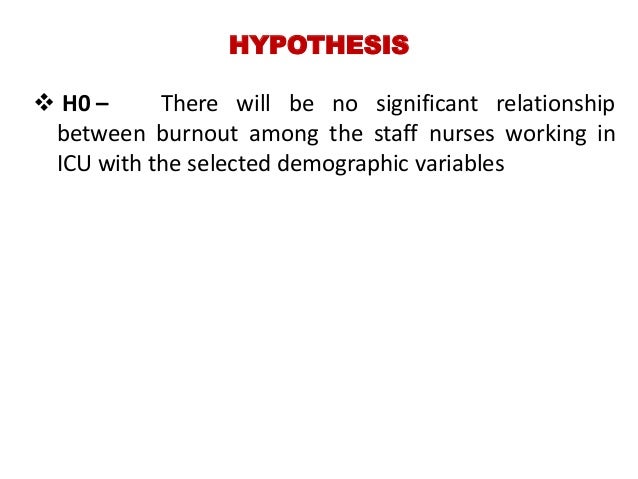Conclusions: the prevalence of burnout among nursing professionals is high. gender, age, marital status, level of healthcare, work shift and healthcare service areas predicted at least one of the dimensions of the syndrome.. Determine the prevalence of burnout among nurses at a community hospital in singapore as well as explore the factors associated with burnout. methods : the nurses, from a community hospital with palliative, rehabilitation, chronic sick and nursing home. Prevalence of burnout in health professionals working in palliative care: a systematic review personal accomplishment was the sub-scale from the maslach burnout inventory that had the highest prevalence (19.5%). nurses had higher levels of emotional exhaustion (19.5%) and depersonalization (8.2%), and physicians had lower levels of personal.
Burnout syndrome is a significant problem in nursing professionals. although, the unit where nurses work may influence burnout development. nurses that work in primary care units may be at higher risk of burnout. the aim of the study was to estimate the prevalence of emotional exhaustion. Burnout syndrome can be defined as long-term work stress resulting from the interaction between constant emotional pressure associated with intense interpersonal involvement for long periods of time and personal characteristics. we investigated the prevalence/propensity of burnout syndrome in clinical nurses, and the factors related to burnout syndrome-associated such as socio-demographic. The burnout syndrome is significantly associated with nursing profession. individuals suffering from the syndrome manifest important health problems. more information about prevalence and risk factors for burnout is needed to prevent the syndrome and to determine the most appropriate clinical interventions when the disorder appears..

0 comments:
Post a Comment
Note: Only a member of this blog may post a comment.